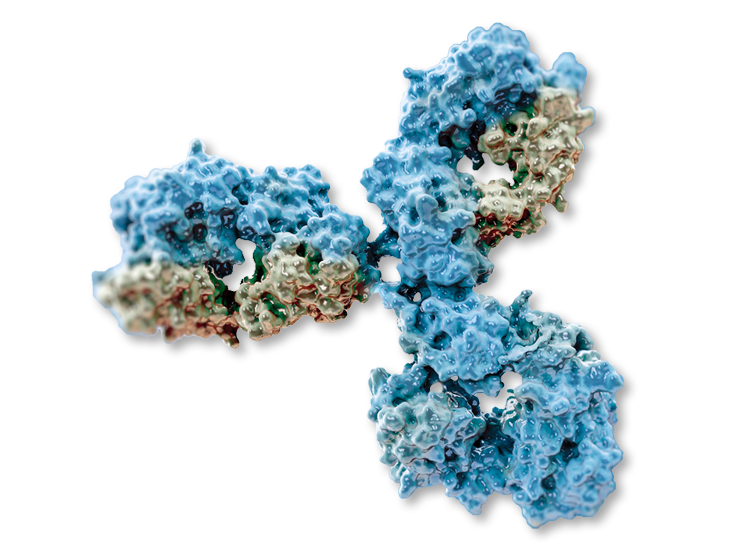The aim of the present study was to produce monoclonal anti-fullerene C(60) antibodies and to develop the enzyme immunoassay for the detection in the first use of free fullerene C(60) both in solutions and in multicomponent biological probes. The immunization of mice with the conjugate of fullerene C(60) carboxylic derivative with thyroglobulin synthesized by carbodiimide… Continue reading Production of monoclonal antibodies against fullerene C60 and development of a fullerene enzyme immunoassay
Production of monoclonal antibodies against fullerene C60 and development of a fullerene enzyme immunoassay





























